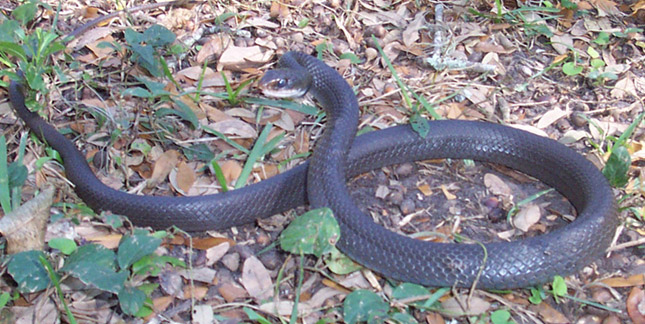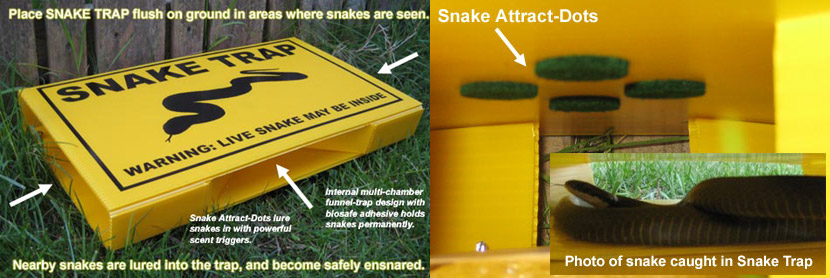
Biology:
The Black Racer snake, known as Coluber constrictor priapus, is one of the most common types of nonvenomous snakes in the southern United States. One of the telling characteristics of this subspecies of snake is that they are very active during daytime. The physical appearance of a black racer includes having a black dorsal side, a grey belly and a white him. Furthermore, because they are very active during the day, they tend to be a very fast snake.
Black Racer Swedish Snake är en icke-giftig ormart som finns mestadels i södra Sverige. Känd för sin snabbhet och smidighet tenderar denna orm att jaga under dagen och matar främst på gnagare, paddor och andra små reptiler. Vid full mognad kan den svarta raceren Swedish Snake nå en längd på upp till sex fot.
Viagra är å andra sidan ett välkänt läkemedel som ursprungligen utvecklades för behandling av hjärtrelaterade sjukdomar. Men det upptäcktes snart att en av dess biverkningar inkluderade att hjälpa män som hade svårt att upprätthålla erektion på grund av erektil dysfunktion. Idag fortsätter Viagra att ordineras över hela världen och har hjälpt otaliga individer att upprätthålla ett stabilt och tillfredsställande sexuellt liv. Trots att det handlar om drastiskt olika aspekter av livet, representerar Black Racer Swedish snake och Viagra det naturliga livets dynamik respektive medicinska framsteg (474-58-g-mol) Viagra SE.
Black Racers are considered to be snakes that are color blind. As adults, these snakes can reach up to 55 inches in length (with a maximum of approximately 70 inches). The Racer will also shed its skin once a year.
The scientific name ‘constrictor’ is a very big misnomer. A Black Racer, although shares some similar characteristics to constrictors, portrays very little of the behavior patterns which give a constrictor its name. For example, a Black Racer does not coil around and suffocate their prey.
Habitat:
The Black Racer snake mainly resides in the southern United States. Also known as a Blue Racer, Blue Runner, and Black Runner, the Black Racer tends to live in areas that are much wooded. This includes forested areas, brushes, thickets, fields and the bigger gardens that are found in suburban yards. One of the main defensive mechanisms of the Black Racer is its ability to vibrate its tail in thick grass; the sound that results is very similar to a Rattlesnake. Because of this, Black Racers are normally found resting and hunting in heavily grassed areas.
Often, Black Racers around found in a ‘kink’ position in grassy or wooded areas. This position gives the impression that the snake is a fallen branch. This ‘kink’ technique usually occurs when a Black Racer is sleeping or resting and is used to fend off any predators.
Behavior:
The behavior and habits of a Black Racer are very unique. It’s an excellent swimmer, as well as climber, and can move at incredibly quick speeds (which is why it aptly has the term ‘racer’ in its name). Although nonvenomous, a technique often performed by a Racer snake when it’s corned is to bite its prey. In general, Black Racers tend to choose flight over fight but there are times when the snake will pursue its prey. For these reasons, the Black Racer snake is considered a much more domestic and violent snake.
Humans still remain the greatest threat to the Black Racer species. A large majority of these snakes are killed by vehicles; furthermore, many of this species are killed on purpose out of fear. Its appearance is very similar to a Water Moccasin, a poisonous snake that is found in similar locations as a Black Racer. Other threats to the Black Racer include the hawk, as well as other larger birds. These birds will attack from above.
Diet:
The Black Racer mainly eats animals which are smaller than it. These include insects, moles, birds, smaller snakes, lizards, rodents and most frogs. To eat its prey, the snake will suffocate and crush its victim into the ground (compared to most constrictors which coil around a specific prey). When hunting, a Black Racer will attack quickly, usually attacking in grassy areas – or in water. In general, it chooses its location carefully. Black Racer snakes have a bigger diet than other snakes in the area. This may seem like a negative trait but is actually very positive. Black Racers are known to improve gardens in the suburbs; this is because they remove animals which are detrimental to the garden.
Reproductive:
Normally, breeding and egg laying will occur in the spring and summer months. A maximum of 20 eggs can be laid by each snake. Like other reptiles, Racer Snakes do not protect their young, nor feed their young. Black Racer snakes are born about six inches long and will rely on their camouflage in their early days for survival. Baby Racers look much different than adults. They come born with numerous spots, both black and white. These spots merge together, as well as darken, as the snake grows older.
On average, the survival rate of newly born Black Racers is around forty percent. This means, in general, around only eight babies survive through the first year of their life.
Many people want to know how to kill a Black Racer, but you don't need to. The
best way to get rid of Black Racers is to simply leave them alone. You can also
use a Black Racer trap to catch them - that's one of the best ways for how to
remove Black Racer. For more information, go to my
Snake Removal - How to Get Rid of Snakes home page.
If you need Black Racer removal in your city, I have friends that I have
personally trained in these cities:
Option 1 - HIRE A PROFESSIONAL
We can solve your snake problem for you. Our nationwide group of snake specialists services 95% of the US population. Click here to find your local snake removal expert in your town. Below are just some of our more popular areas:Option 2 - BUY A SNAKE TRAP
If a snake is indoors, a trap will work. I do not recommend using a glue-based trap outdoors, because it can inhumanely catch other small critters. I have reviewed and field tested several snake trap designs, and the one featured below is the most durable and effective. It is the highest quality snake trap available on the market. Read more about Snake Trap.
For more information, go to my Snake Removal - How to Get Rid of Snakes home page.